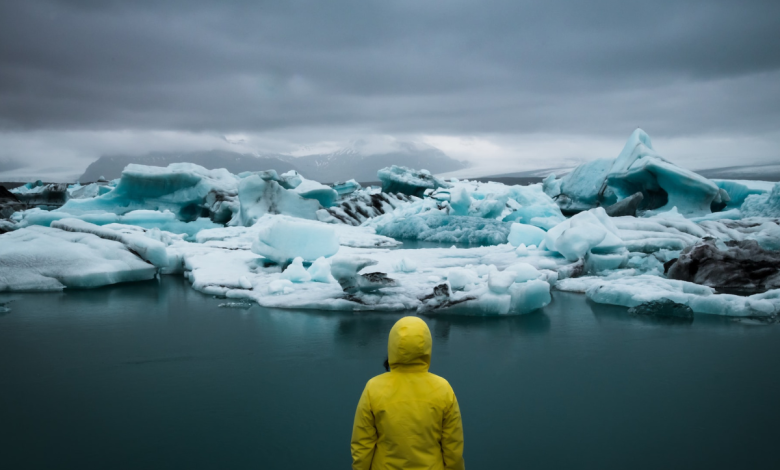The “Forever” Glaciers of America is Melting: Here’s Why

Mount Rainier, once proudly boasting 29 glaciers, is now witnessing their rapid disappearance.
As the most glacier-covered mountain in the contiguous United States, these changes are emblematic of a global crisis – mountain glaciers are vanishing due to rising temperatures caused by the burning of fossil fuels.
The World Glacier Monitoring Service reports a steady reduction in glacier area over the last half-century, with some of the steepest declines occurring in the Western United States and Canada.
Mount Rainier National Park, a beloved tourist destination welcoming approximately 2 million visitors annually, is acutely feeling the impact of this glacial loss.
Consequences
The effects of glacier retreat are profound. Wildflower blooms occur at irregular times, the climbing season is shorter, and Douglas firs are descending the mountain slopes. Falling rocks from retreating glaciers pose a threat to old-growth forests and disrupt river courses, resulting in road closures within the park.
One south-facing glacier, the Stevens, has already disappeared from the park’s glacier inventory, while two others, Pyramid and Van Trump, are in imminent danger. A comprehensive survey by the Park Service revealed a 42% reduction in glacier ice coverage between 1896 and 2021. Another survey conducted in 2022 concluded that Pyramid and Van Trump glaciers had vanished.
Mount Rainier’s glaciers contribute to its majestic icy-blue appearance and provide vital water resources downstream during dry seasons. However, climate change has disrupted this natural cycle, with declining spring snowpack and rising temperatures causing rapid snowmelt, even during good winter snowfall years.
Mount Rainier’s landscape is undergoing a profound transformation. Glacial highways used by mountain climbers are melting earlier in the summer, lengthening climbing routes and increasing risks. The once-iconic Nisqually Glacier, one of the park’s largest, is notably affected. The glacier’s mouth has shifted uphill over the years, revealing black boulders on its surface.
Challenges for Climbers
Mountain climbers now encounter new challenges as glacial passages melt earlier. Cracks and fissures necessitate longer and riskier routes to the summit, shortening the climbing season.
Environmental Conservation Efforts
To mitigate environmental damage caused by glacial retreat, the Park Service has implemented innovative solutions, including log buttresses to protect riverbanks from erosion. These efforts aim to safeguard vital park infrastructure and maintain accessibility for visitors.
Also Read : Why is Using Bamboo in Interior Design Good for the Environment?
Mount Rainier, once adorned with abundant glaciers, is facing a profound environmental crisis. As these icy giants disappear, the park’s ecosystem is undergoing irreversible changes. Addressing the issue of glacial retreat is essential to preserve the natural beauty and ecological balance of this iconic American landmark.



